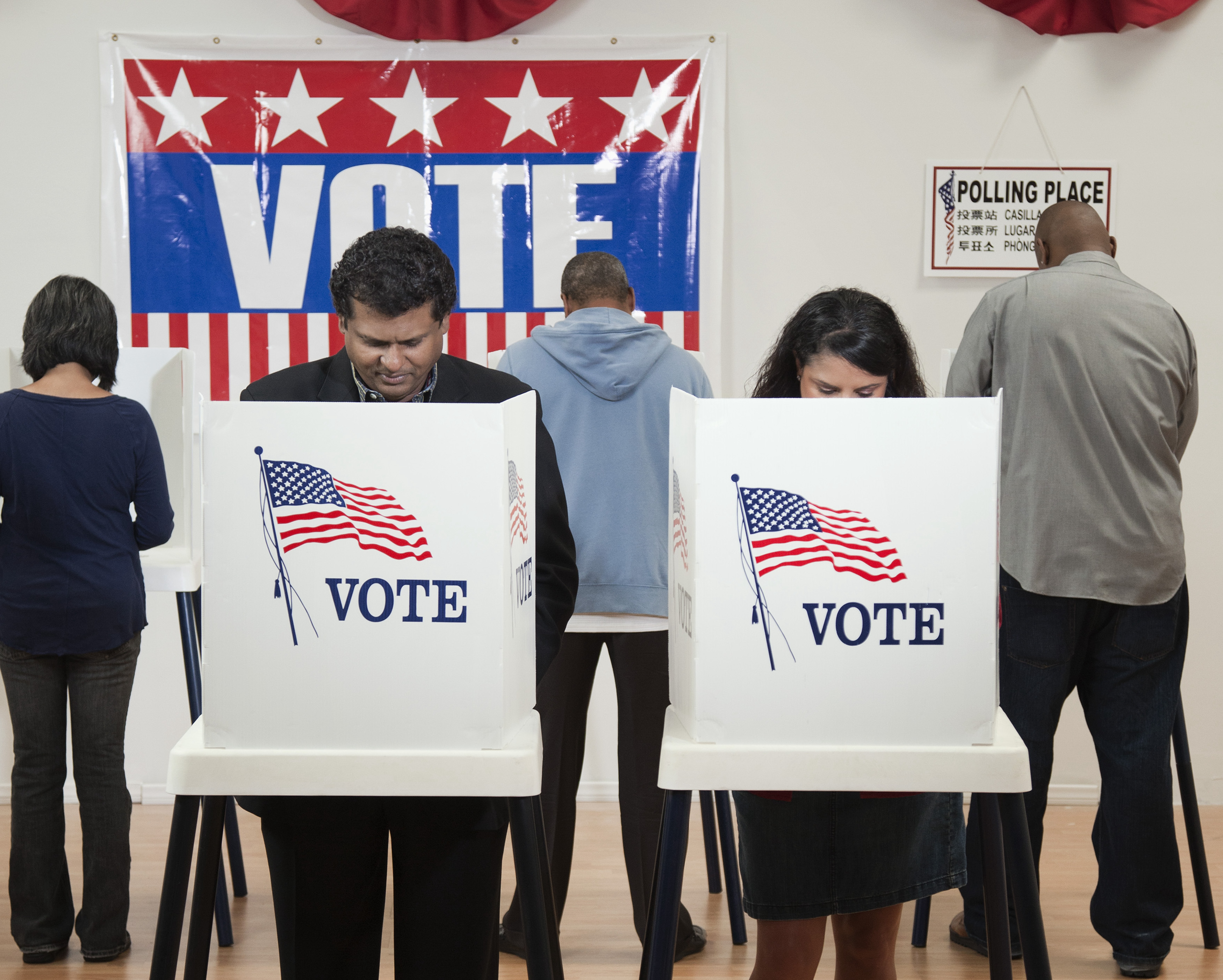Political TV Ad Spending Spikes in Swing States
TV outlays in seven battleground states topped $1 billion between July 22 and Oct. 8, AdImpact reports

With political ad spending set to hit record levels this year and TV station groups raising their forecasts for political TV ads, a new AdImpact study reports that $1 billion in campaign spots have aired in seven battleground states from July 22 through Oct. 8.
Since Super Tuesday on March 5, the study found, some $2.1 billion has been or will be spent on the elections, with the Democrats laying out $1.3 billion and Republicans $768 million. Much of that lucre is flowing into just seven battleground states in the battle between Vice President Kamala Harris, the Democratic nominee, and former President Donald Trump, the Republican standard bearer.
AdImpact’s “The Play for the White House, Part II, 2024” report found that 74% of the total ad spending between Super Tuesday and President Joe Biden’s July 21 exit from the race occurred in Arizona, Georgia, Michigan, North Carolina, Nevada, Pennsylvania and Wisconsin. Since then, those seven states have received 79% of the total TV ad spend for aired commercials. Those states are scheduled to receive 88% of the revenue for ads that have been scheduled for future airings.
The data tracks more than 253 unique broadcast political ads and 904,000 broadcast airings targeting the presidential election since Super Tuesday.
From July 22 throigh Oct. 8 period, Pennsylvania led with $159.1 million in spending by the Democrats and $120.2 million by Republicans; followed by Michigan ($124.6 million by Democrats and $78.1 million by Republicans); Georgia (D $73.3 million, R $71.5 million); Wisconsin (D $74.6 million, R $53.1 million); Arizona (D $61.8 million, R $49.3 million); N.C. (D $55.3 million, R $43.5M); and Nevada (D $43.8 million, R $22.3 million).
More information, including breakdowns of ads by content, the number of airings by state and other categories, are available in the full report here.
The professional video industry's #1 source for news, trends and product and tech information. Sign up below.
George Winslow is the senior content producer for TV Tech. He has written about the television, media and technology industries for nearly 30 years for such publications as Broadcasting & Cable, Multichannel News and TV Tech. Over the years, he has edited a number of magazines, including Multichannel News International and World Screen, and moderated panels at such major industry events as NAB and MIP TV. He has published two books and dozens of encyclopedia articles on such subjects as the media, New York City history and economics.

